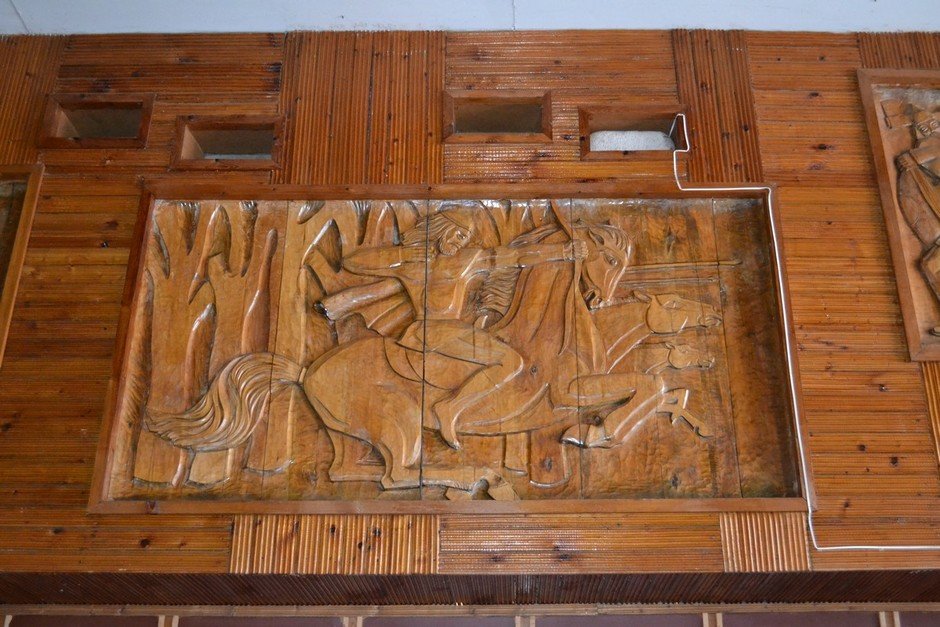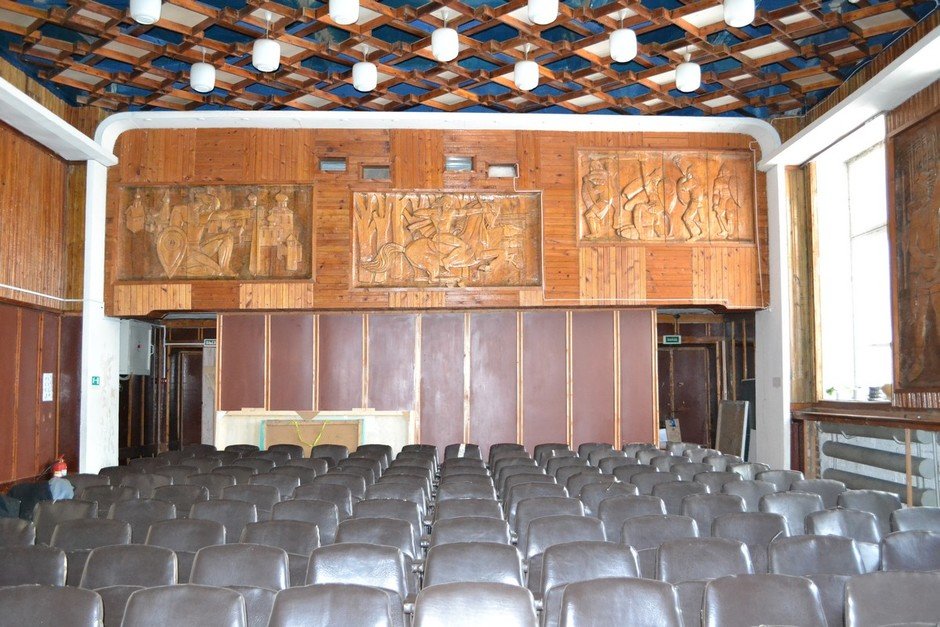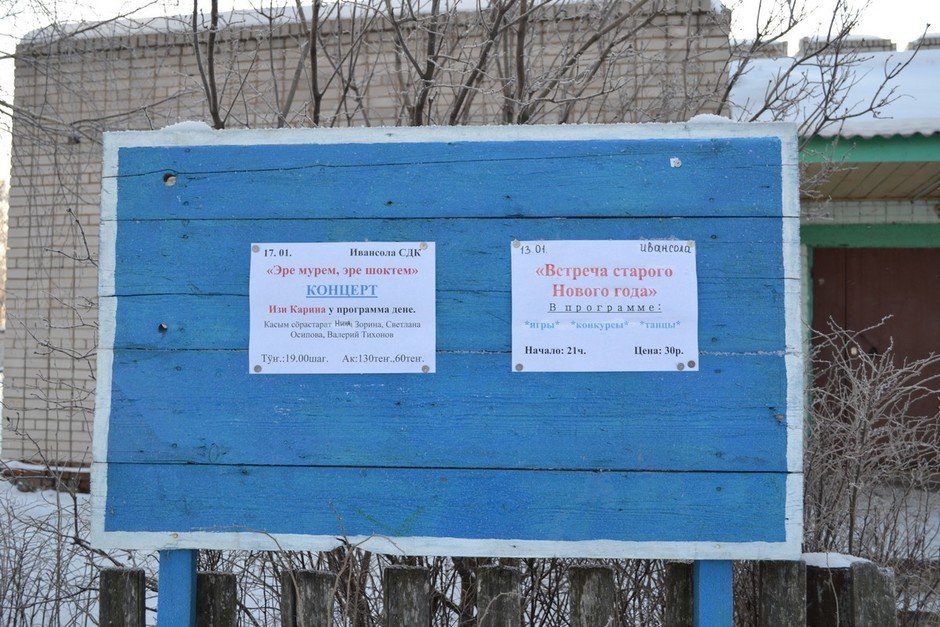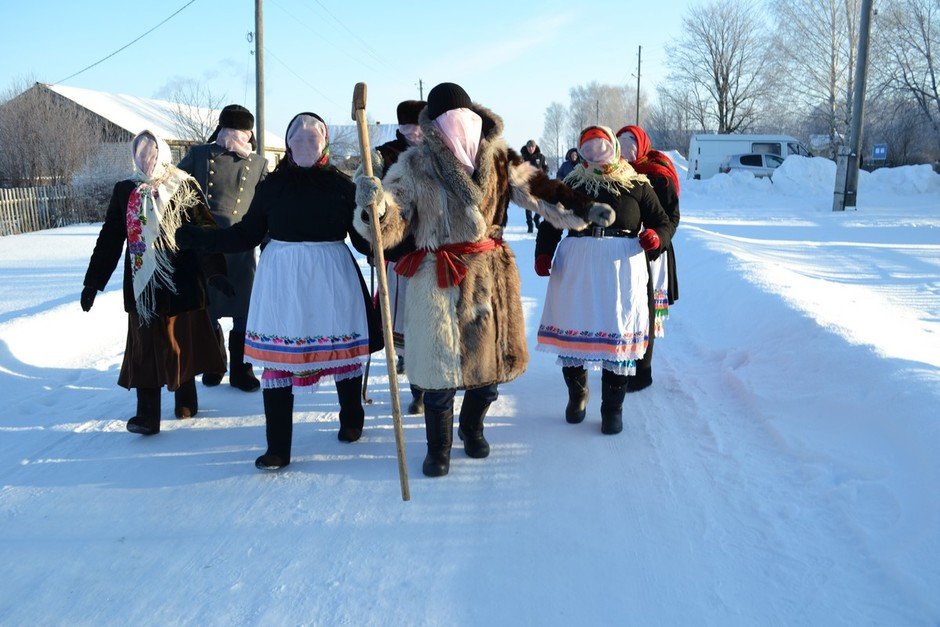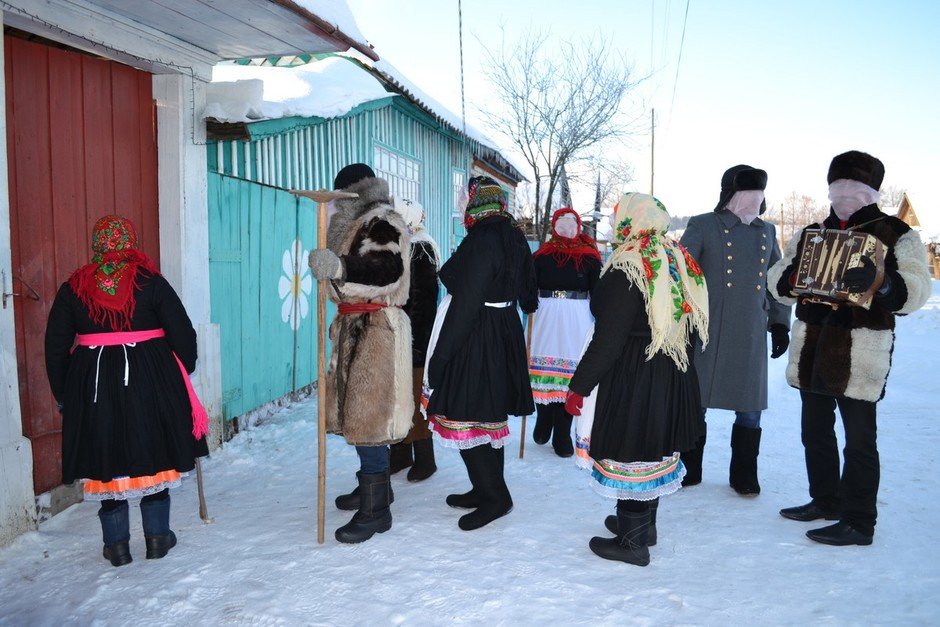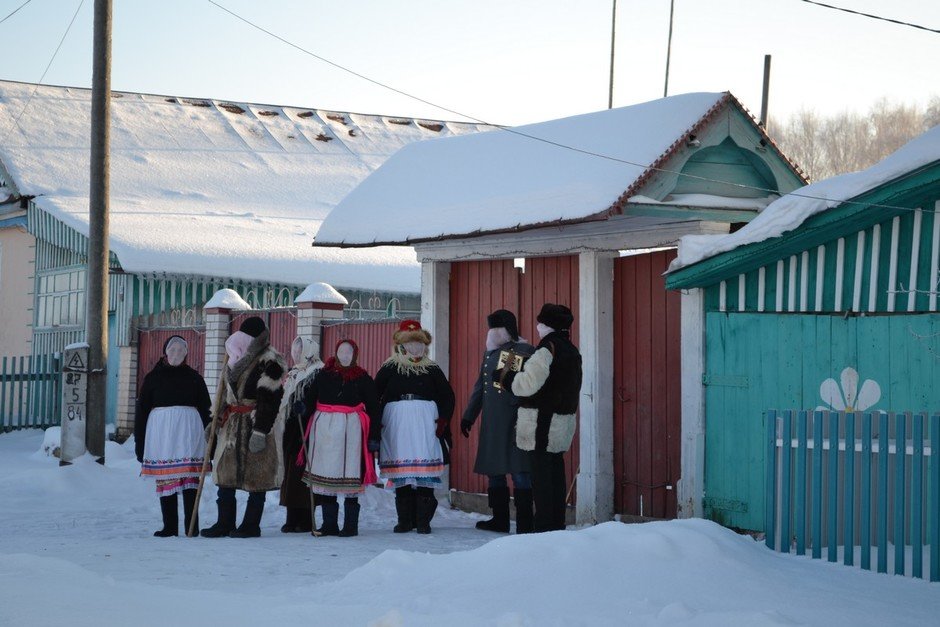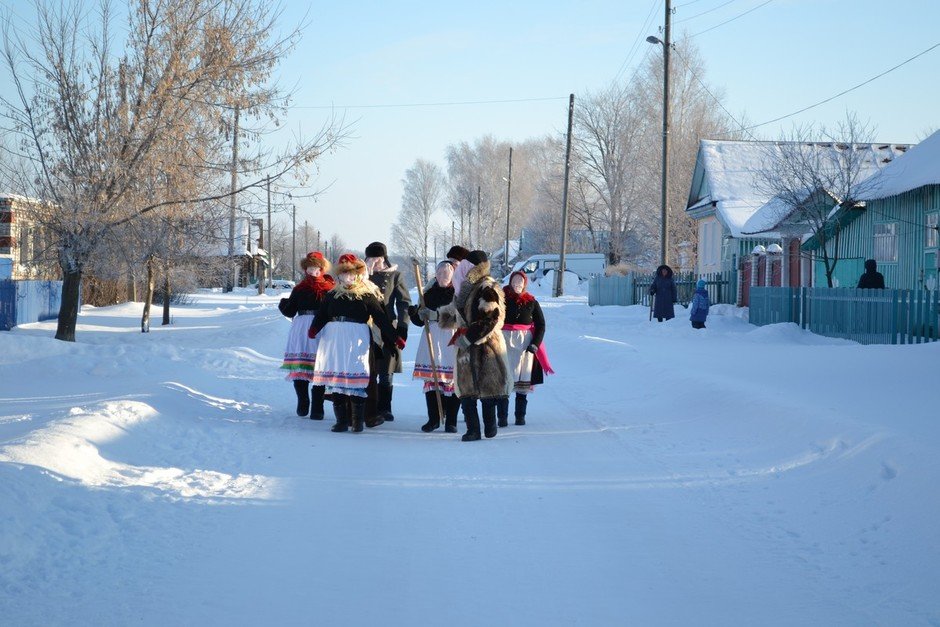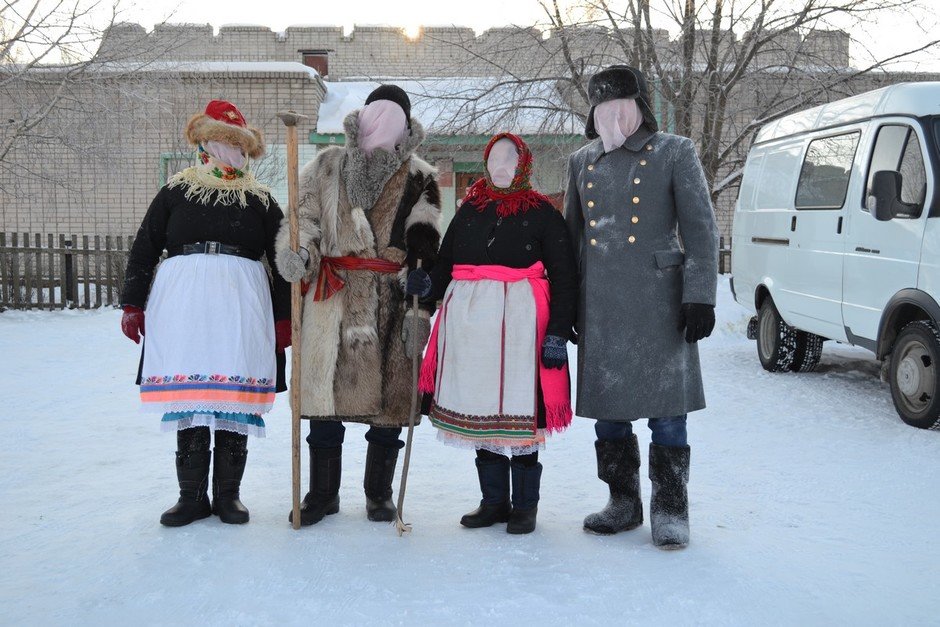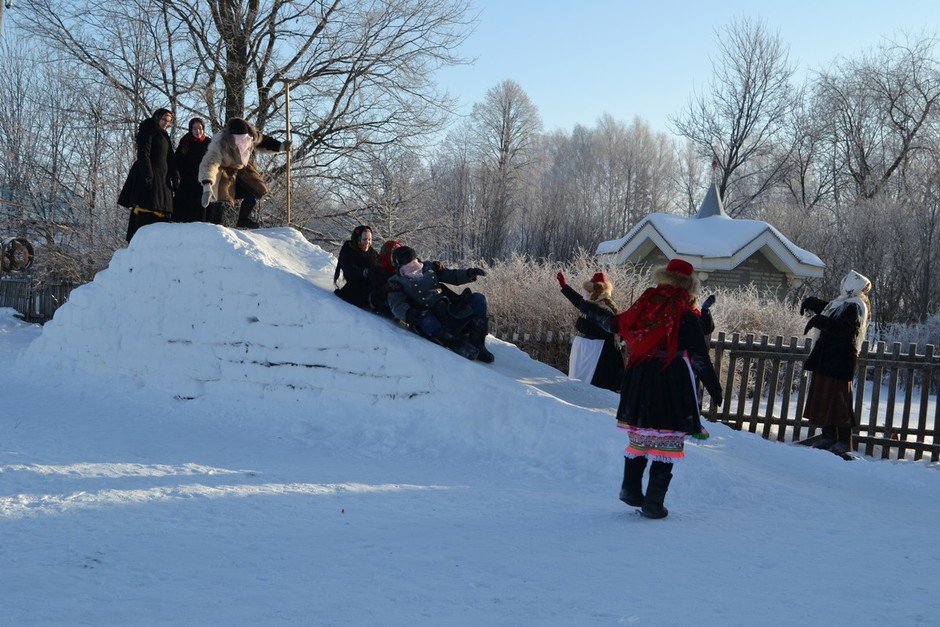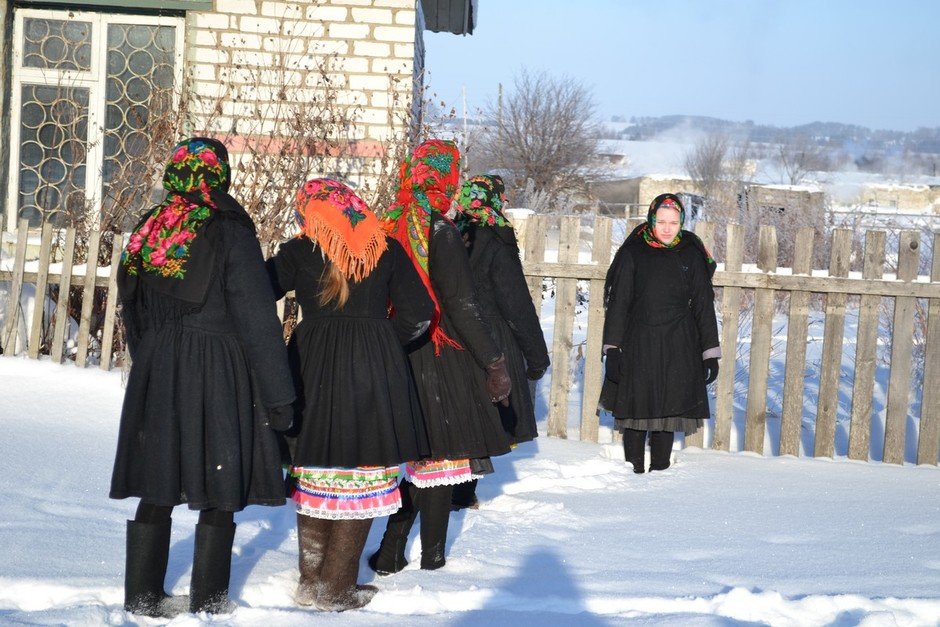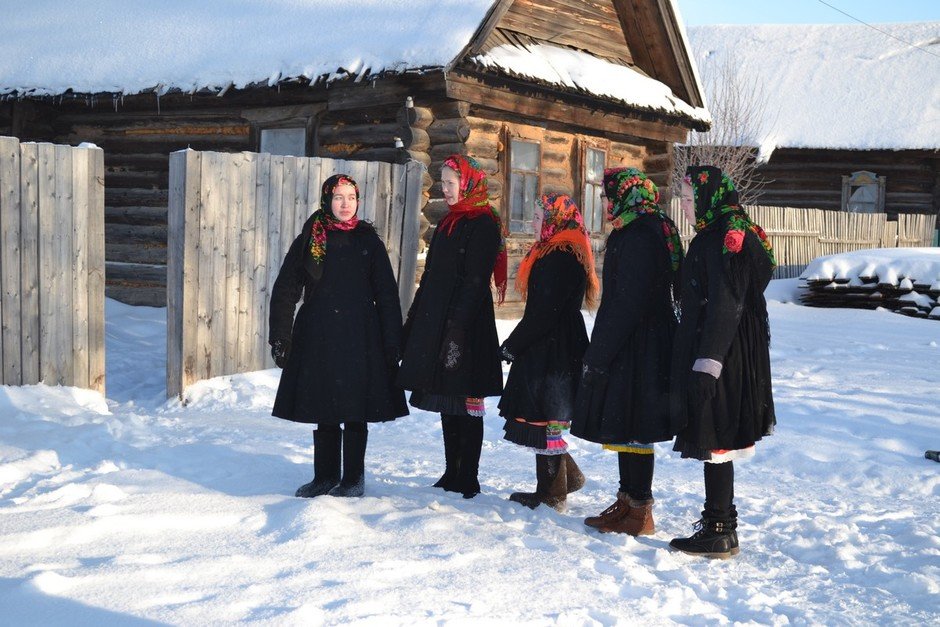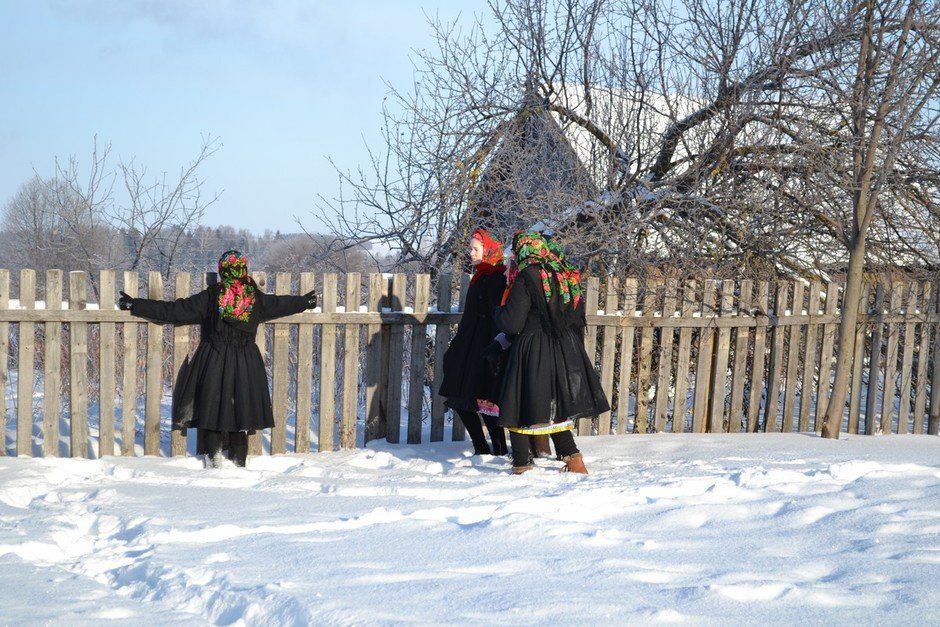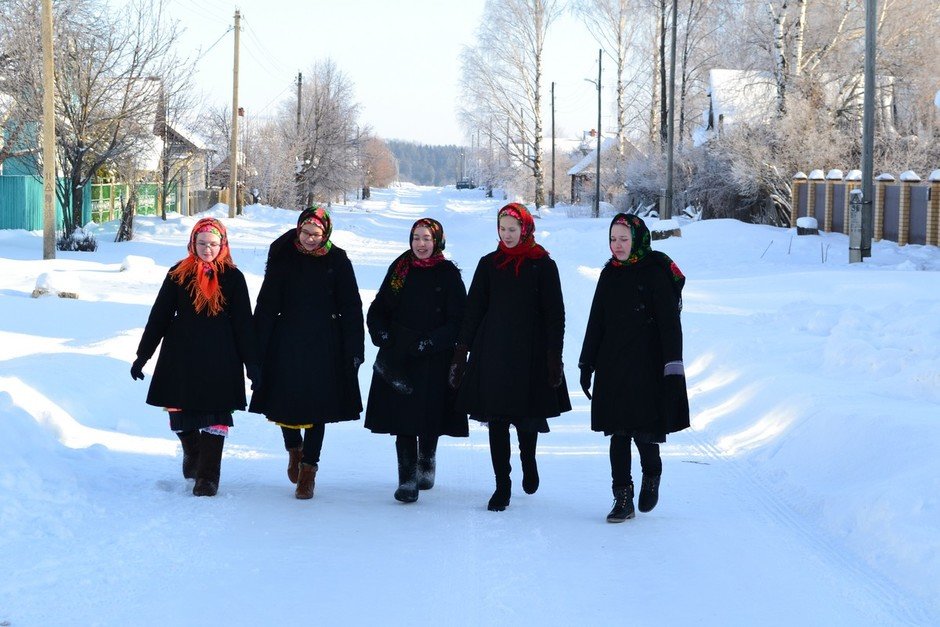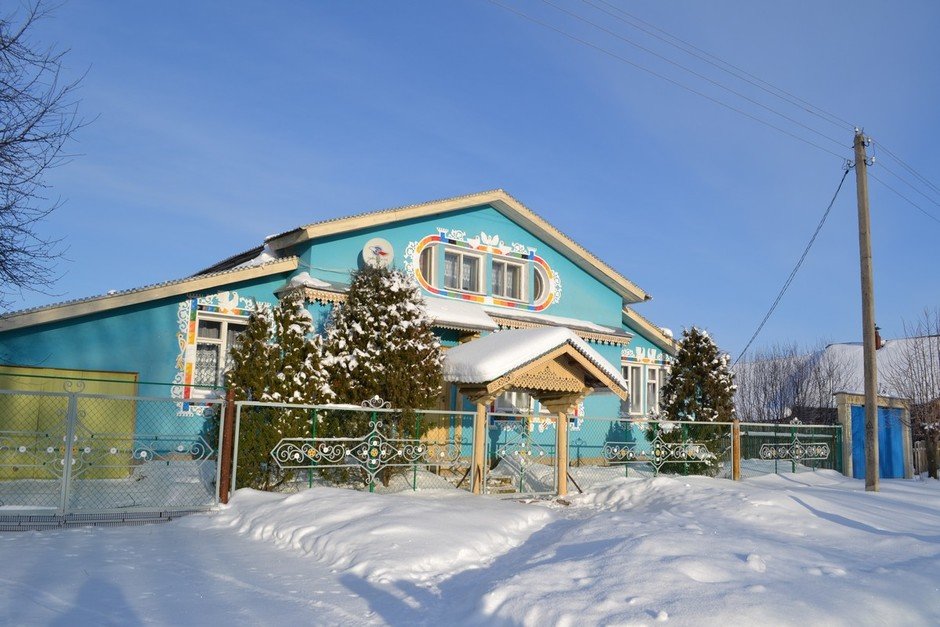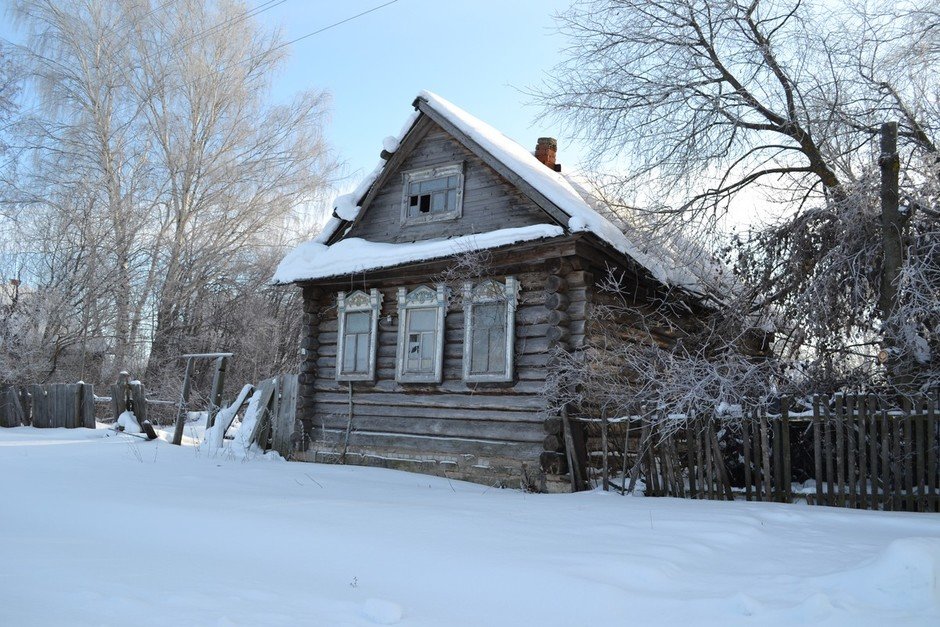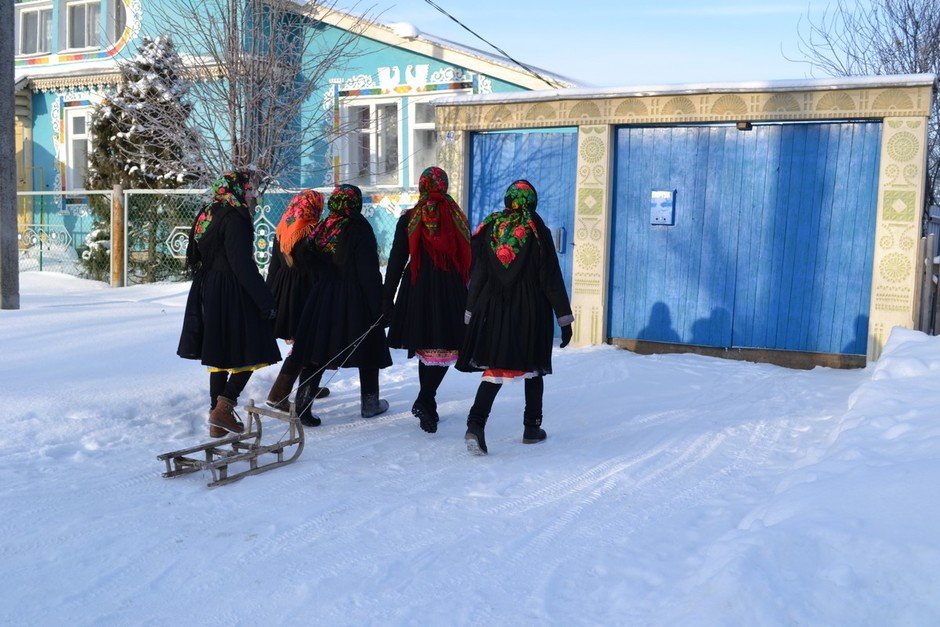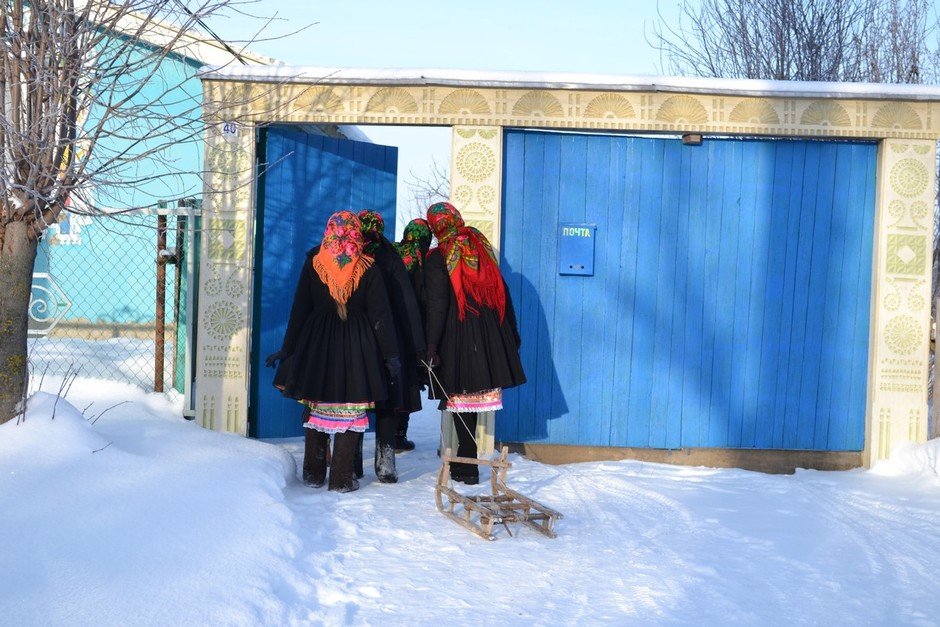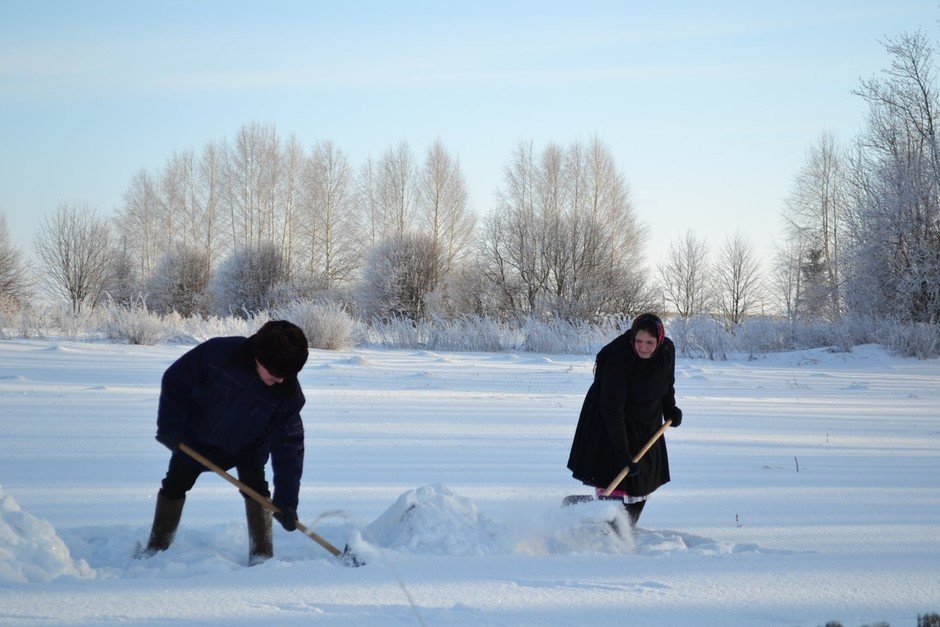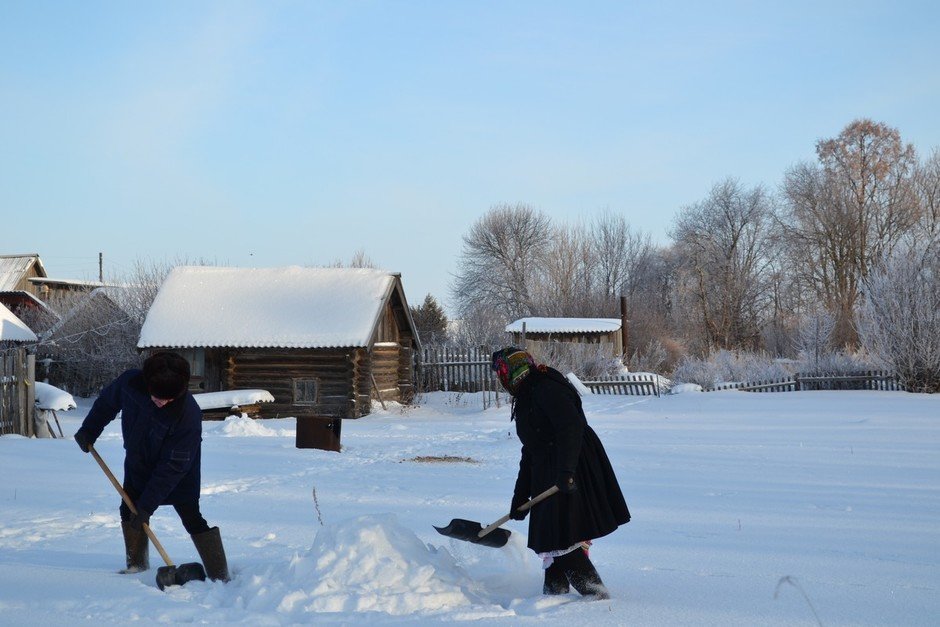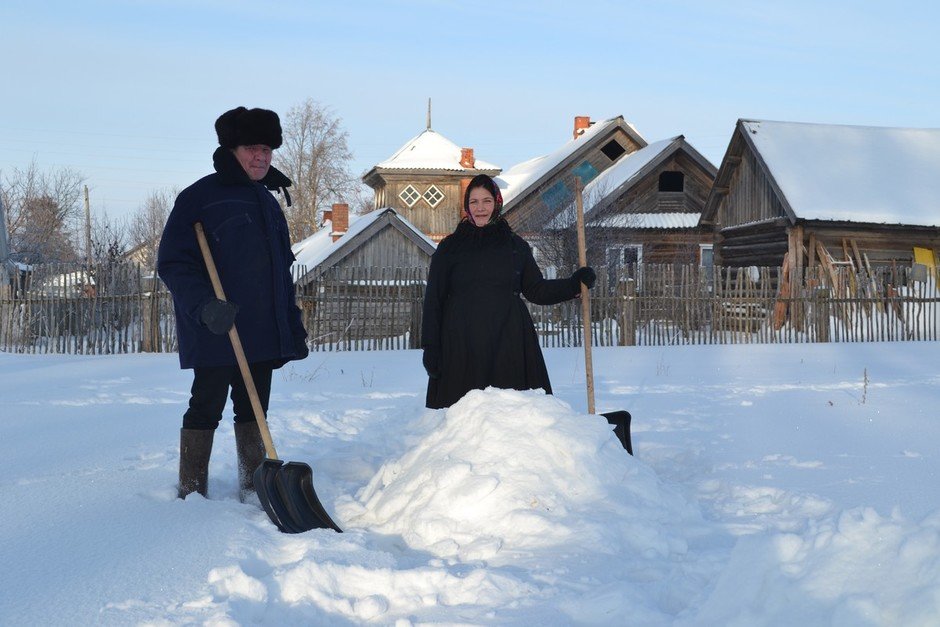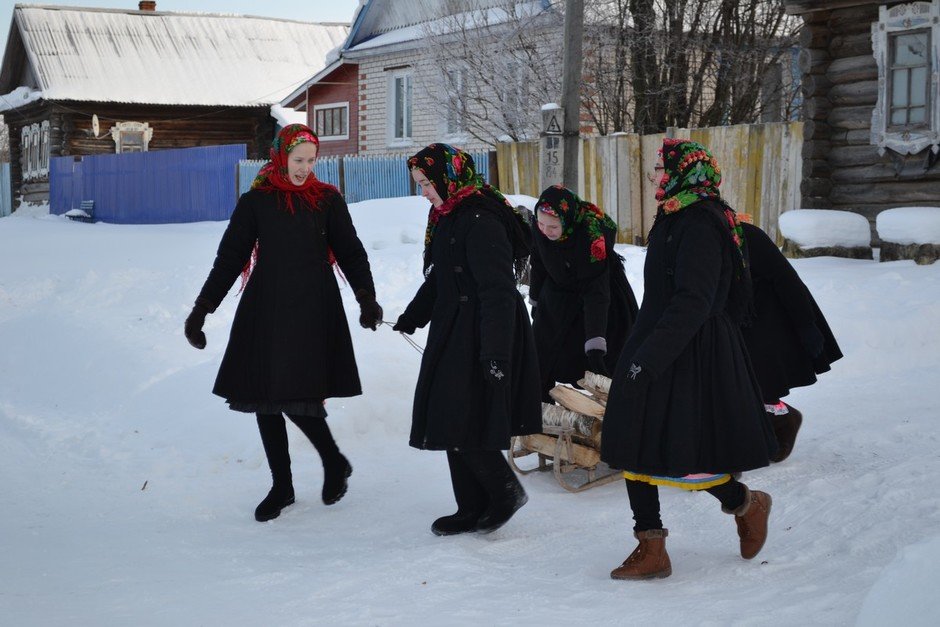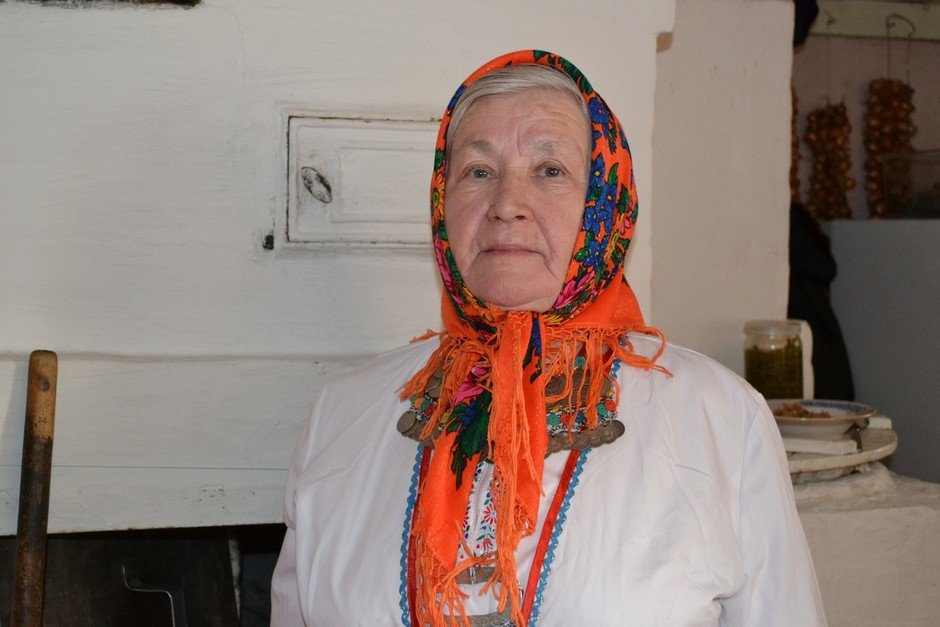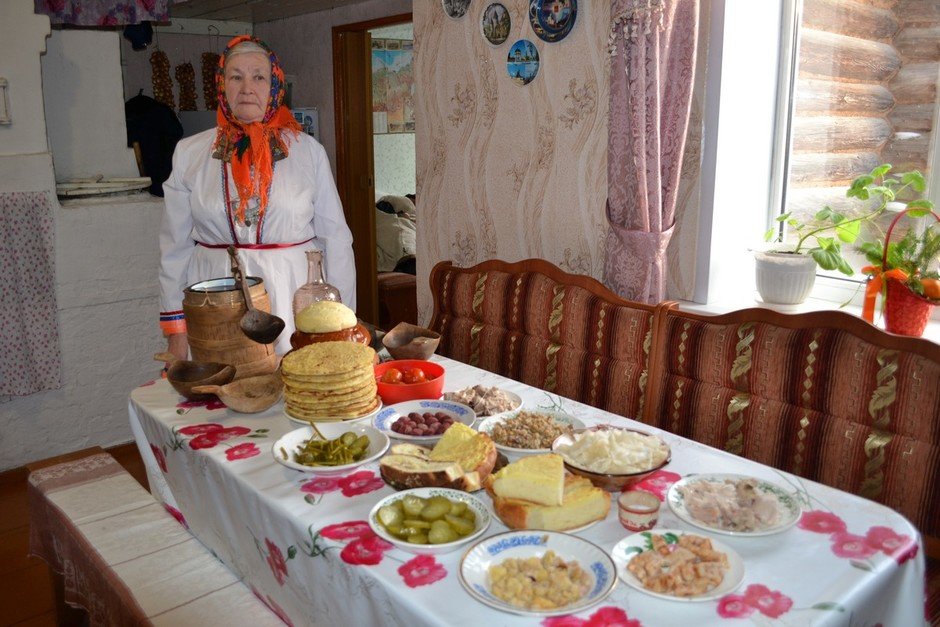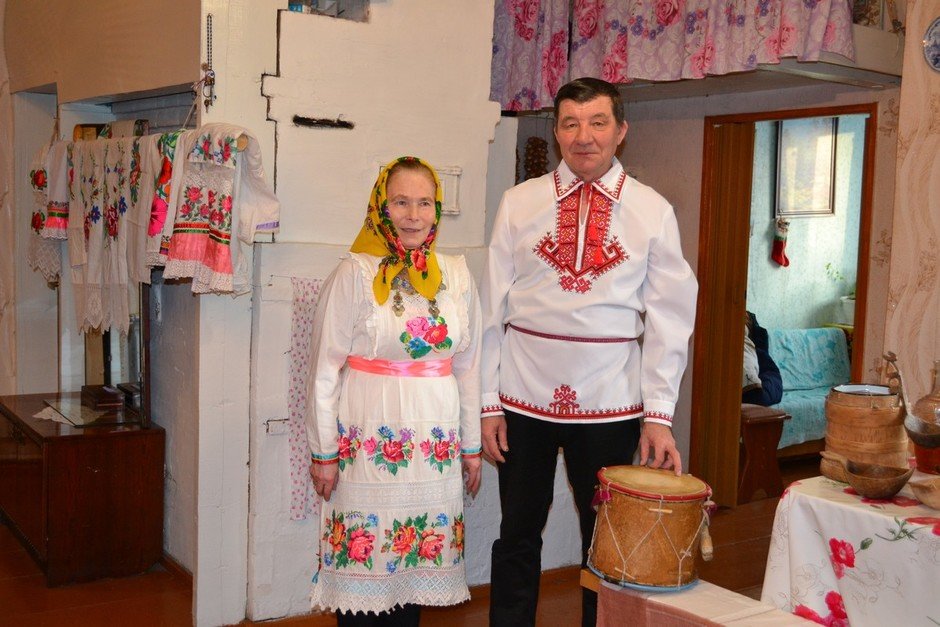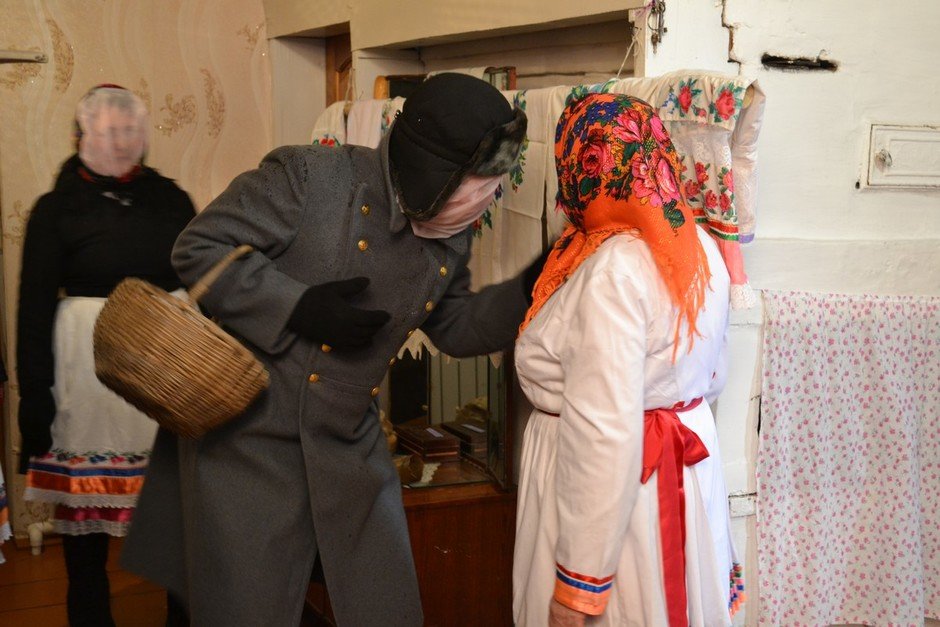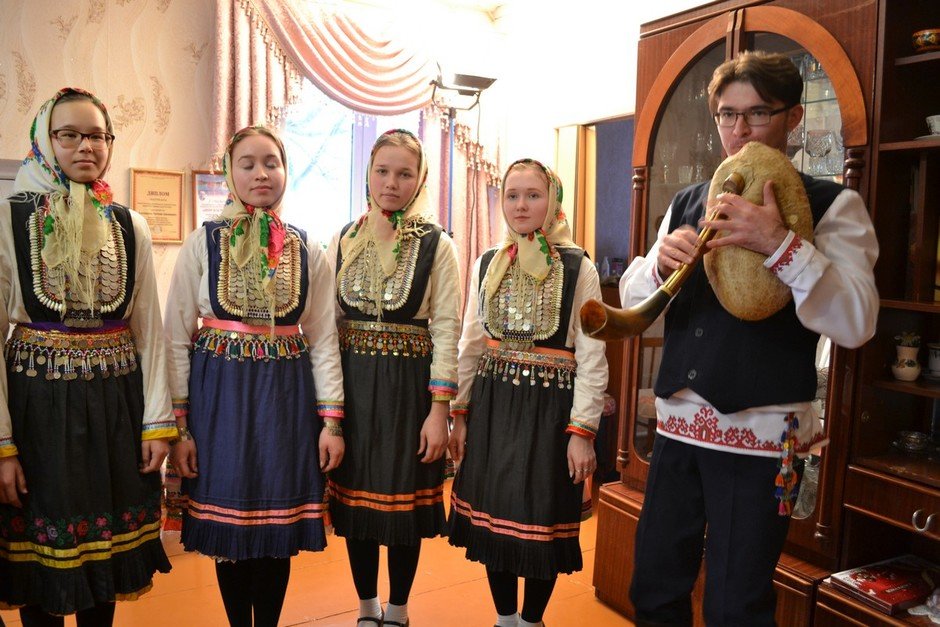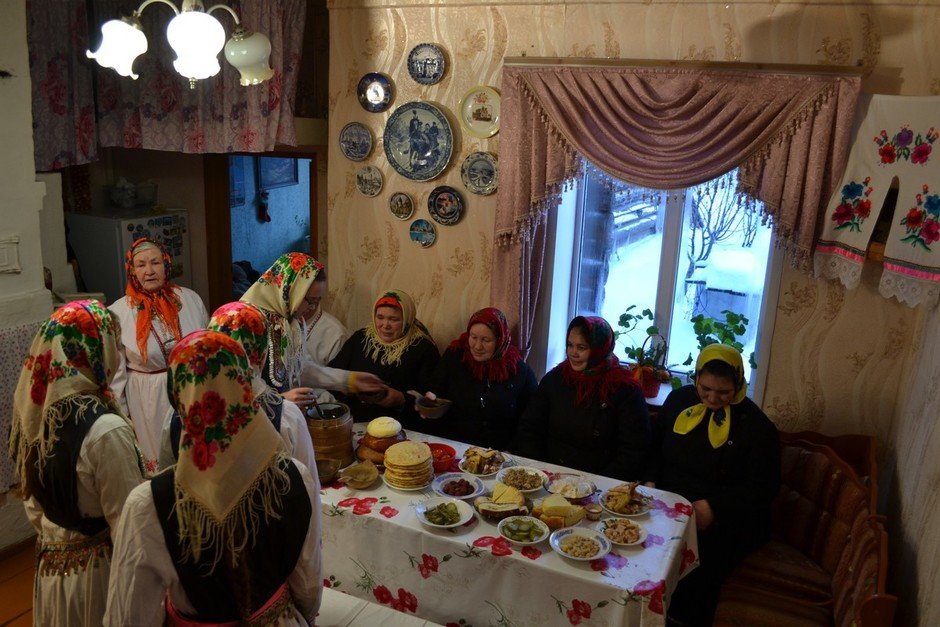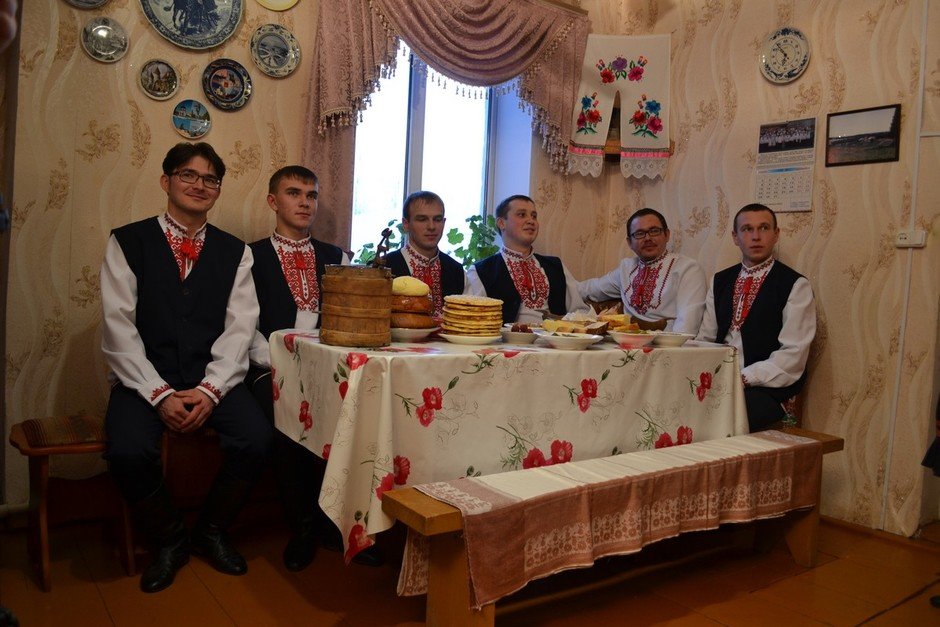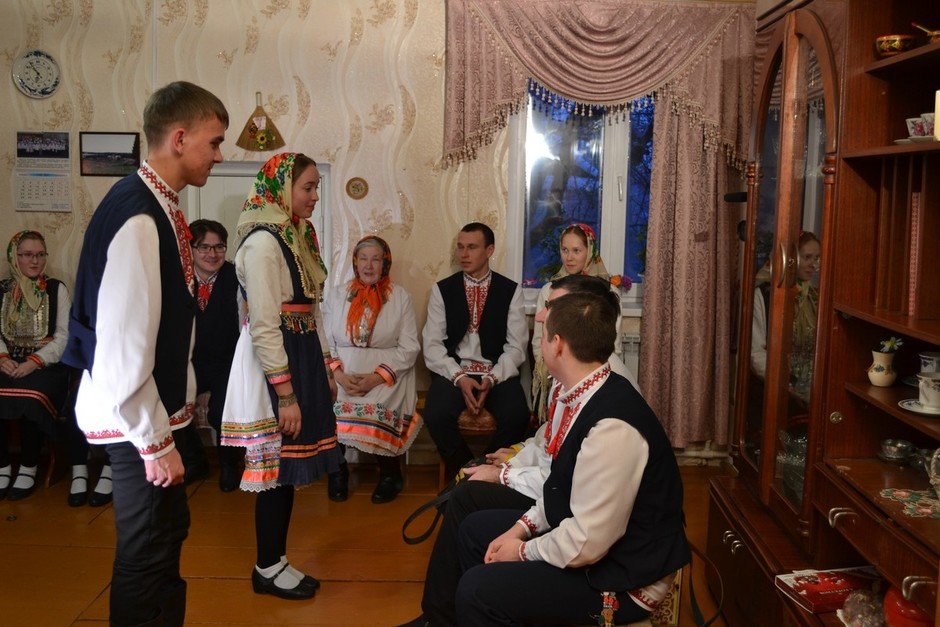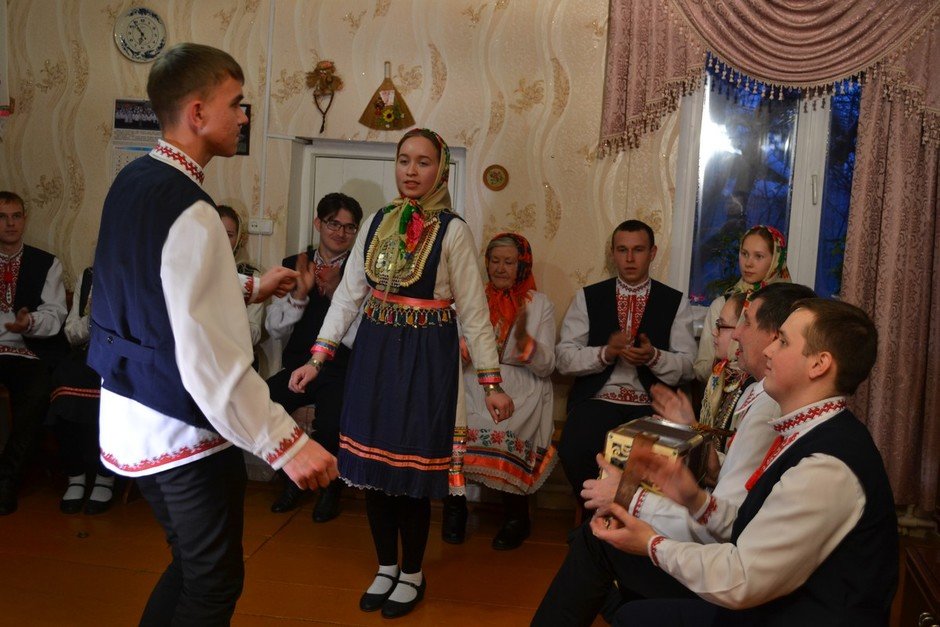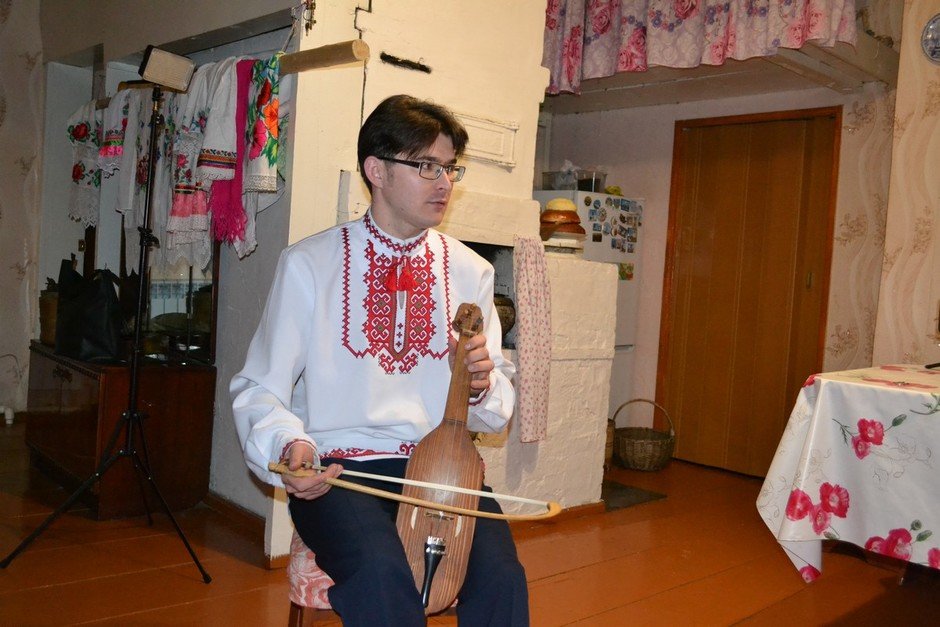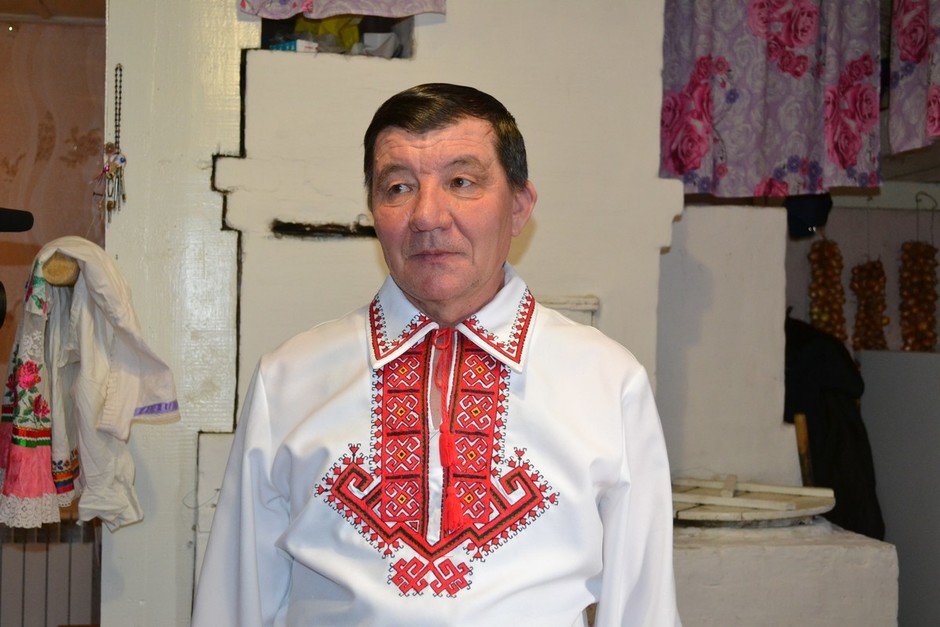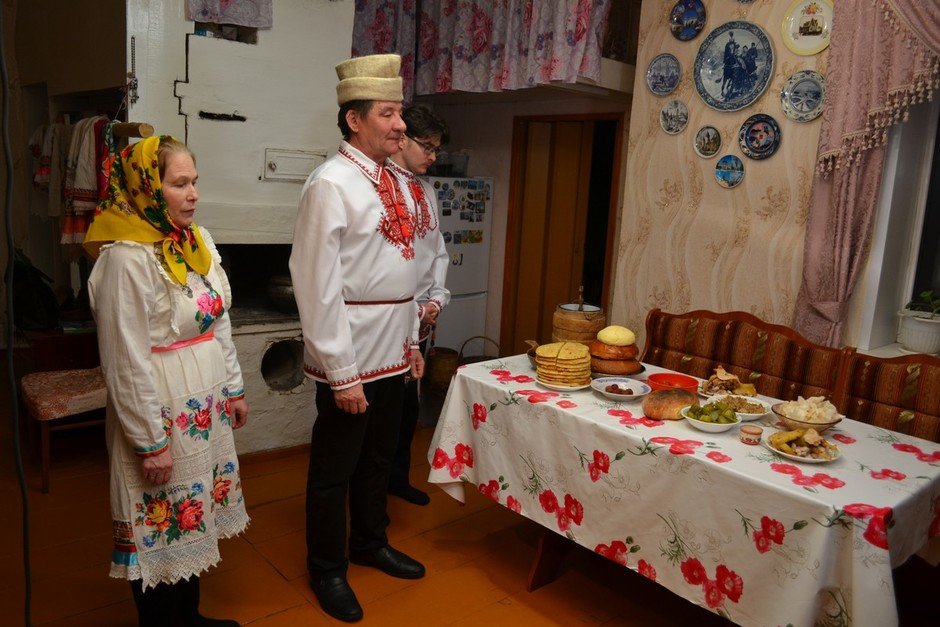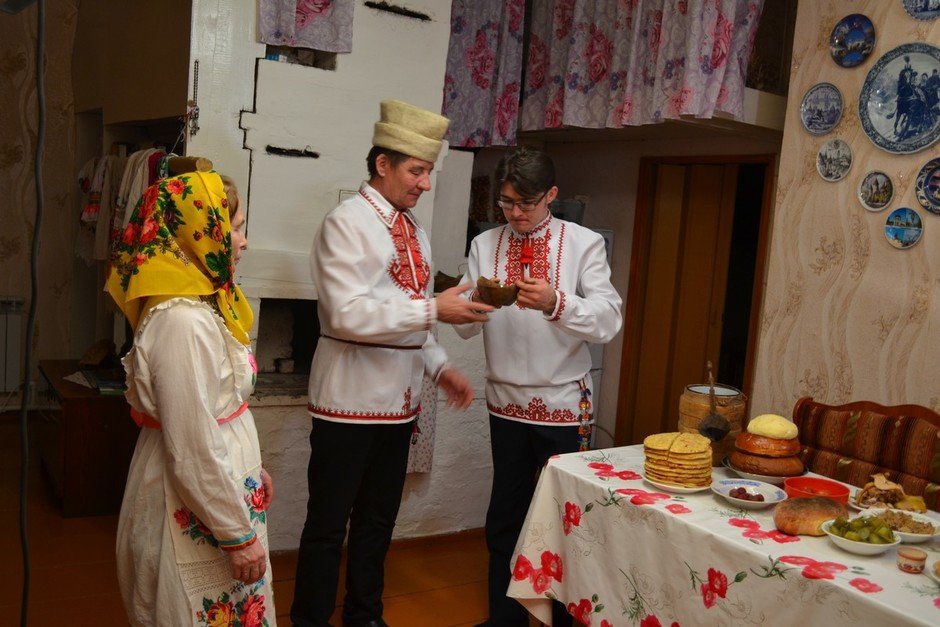''Scots were surprised we had the most archaic bagpipes''
Shorykyol in Ivansola: noisy processions in masks and sounds of bagpipes 90 km far from Yoshkar-Ola
The 100 th anniversary of the formation of four republics at once in the Volga Federal District will be celebrated in 2020: Mari El, Tatarstan, Udmurtia and Chuvashia. Every region prepares its own programme of jubilee events. Particularly in Mari El, several documentaries about traditional celebrations of the Mari people will be released by the memorable date. The Regional Centre of Mari Culture from Yoshkar-Ola busies itself with the preparation for the shooting. A winter calendar and ritual Mari celebration called Sharykyol is first in the plan. Employees of the centre headed for Ivansola village in Kuzhenersky District of Mari El to shoot traditions of Shorykyol, and Realnoe Vremya's reporter went with them.
In the heart of the Mari world
Ivansola (Yivansola in Mari) is located 90 km northeast of Yoshkar-Olda. It appeared as early as the 17 th century and was named after the founder called Yivanay. Here is one of the hearts of Mari culture that was affected by Russification and globalisation the least. Two-thirds of Kuzhenersky District are Mari. A more honourable holy grove of Mari heathens that is sometimes called ''Mari Jerusalem'' isn't far, a bit more than 10 km, on the territory of Sernur District. All-Mari worship has been held in the grove for several centuries already.
To throw valenki through the gates, hug the fence and fall in love
The name of Sharykyol is translated from Mari as ''sheep's foot''. Indeed, girls visited folds and pulled the sheep's feet on this day. The rite was to provide a good litter of sheep. However, there is an opinion that initially Sharykyol was interpreted as ''born new year'', while the meaning with sheep appeared in peasant's life later. The celebration's time coincides with Russian Christmastide and Tatar Nardugan.
It was thought the content of upcoming year is defined on the day after the winter solstice. This is why peasants made several snow hills whose form reminded haystacks for a good harvest of bread. Trees were shaken, so that they would yield fruits.
Marriage was the main mystery of the next year for young girls. This is why Sharykyol prepared different fortune-telling. They threw valenki through the gates and expected a fiancé from the place that the shoes' nose indicated. Having opened their hands widely, they hugged the fence. If an even number of boards fit a hug, it meant there would be a man. The future husband's character was detected by the wood that was gathered in different houses and put into the sledge. A smooth log made a hint on a conflict-free character, a knotty one meant the contrary.
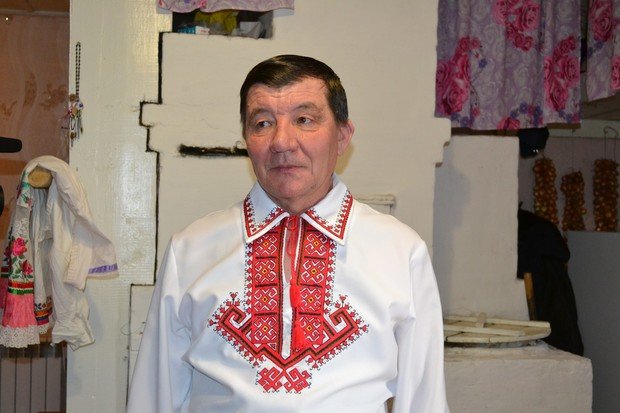
How piper from Ivansola surprised Scots
Local resident Evgeny Kamenschikov, founder and director of Murseskem ethnic and folk ensemble, which is translated as ''sparkle of the song'', prepared the celebration in Ivansola. The ensemble was created in 1979 and has been serving as almost the main social institution in the village.
Murseskem supports ancient traditions because old life has been already losing the competition to the modern of information field for long. People in costumes in Ivansola gather on their own initiative. They walk along their village and visit neighbouring villages Kupsola, Regezh and Yuledur. But Evgeny Kamenschikov told Realnoe Vremya that the last time Sharykyola's most important rite – kvass served by girls – was held in Ivansola in 1960. Then all entertainment of the youth moved to the village club. Television also created a new form of spending free time. And boys and girls had been acquainting in the girl's feast for centuries. Girls put the best costumes on, tried to help future fiancées with the most delicious food and competed with each other. The last families created after these meetings were formed by people born in the early 40s. Now only folklorists from Murseskem conserve the memory of the beautiful rite.
Evgeny Kamenschikov's ensemble is also a link between fellow villagers of different professions and generations. Very Kamenschikov doesn't have a degree in Music. He studied Economy in Yoshkar-Ola and worked as an accountant in the kolkhoz all his life. Initially, the ensemble consisted of teachers, dairymaids, mechanisation expert. Now three generations of the Ivansola people in some family participate at once. The presence of men is the difference of Murseskem from many countryside folk collectives where women and girls dominate.
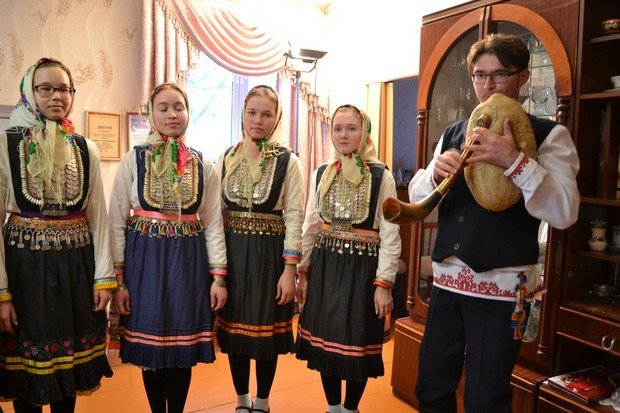
The locals of Ivansola travelled across Russia with tours, visited Estonia and Lithuania, became laureates of awards and winners of festivals many times. Evgeny Kamenschikov is one of the main masters of shuvyr – traditional Mari bagpipes. He was at international festivals of pipers in Germany, Belgium and the Czech Republic with this instrument, he also played with Scots. ''Scots were surprised we had the most archaic bagpipes among all bagpipes of the world. All other bagpipes changed while our shuvyr remained as it was invented,'' Kamenschikov told Realnoe Vremya. Now Murseskem's director's son Ivan Kamenschikov teaches the mastery of playing the bagpipes in the Mari Regional College of Culture and Arts.
Our reply to Ukranian kolyadka and Alpine Krampus
Girls' future-telling, a treat for fiancées, agrarian rites are important elements of the Mari winter celebration. But the most colourful and noticeable part is linked with costumed people who went from door to door.
''The hut turns into a temporary theatre, young people become actors, all guests are spectators. What costumes! One put a sack on that was cut on both sides for arms, he has a mask on his head with holes for the mouth and eyes, coal is put on whiskers and beard. Another person has no clothes on except shoes. He is tied with hay so skilfully that it's not seen whether he has any dress or not. Others wear overturned fur coats, the faces of all people are covered with so much mud that only the whites of their eyes are seen,'' ethnographer, graduate and private docent of the Kazan University Stepan Kuznetsov wrote about the rites in the 19 th century.
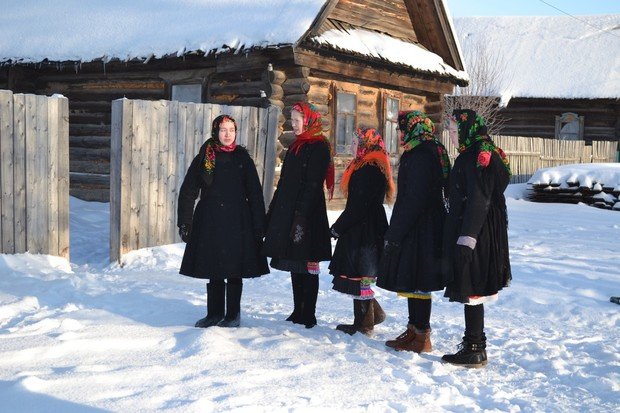
''We were kids, and adults didn't let us see the celebration. We were afraid that costumed people were coming, people were thrown in the snow. They frightened with a stick! But we were interested. We wanted to participate. We looked on the sly where they were coming from and running after them,'' told Zinaida Gubina, participant of Murseskem ensemble since its foundation day, how people celebrated Sharykyol in the middle of the 20 th century.
The only street of Ivansola in the first half of the 21 st century has what was needed on these days. Vasli Kugyza (Vasily in Russian) chaired the procession. The appearance of this character is probably linked because Sharykyol took place on the Orthodox day of Basil of Caesarea. A soldier next to Vasli Kugyz is a compulsory character. Natalia Pushkina, director of the Centre of the Mari Culture, told us, the soldier reminds the recruitment when people went into the tsarist army for 25 years and often did not come back. But in Sharykyol, the recruit looked among the costumed people as if they had been relatives.
On the way, the costumed people threw the passers-by into banks of snow and tested a housewife's persistence when they entered a house. Did the housewife spin good yarn? Did she knit warm socks? Does she cook well? Every action of this folk drama that wasn't invented by anyone was accompanied by old songs that Mari Ivansola remembers.
